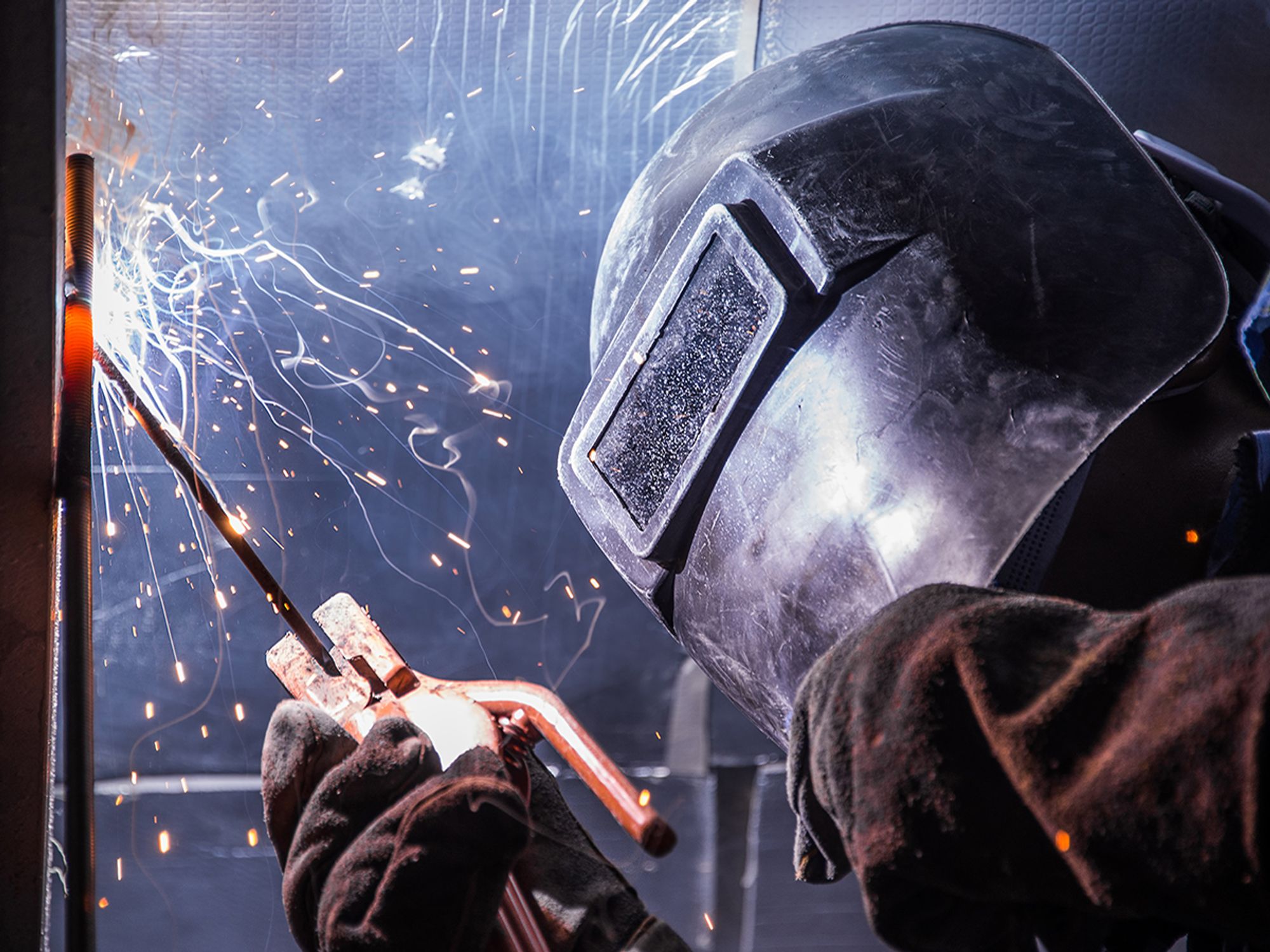Institute
Hot Work
Welding and Cutting
Focus Area
English
Analysis
In Depth Sub Topics (Level 4)
Welding and Cutting
USA
Arc welding precautions
['Welding and Cutting']

- Arc welding comes with an array of hazards but can be fairly safe with proper precautions and work practices, particularly electrical safety procedures.
Gas fumes, radiation, and electric shock are some of the hazards involved in arc welding. A welding arc emits blinding light and is hot enough to melt steel. It generates toxic fumes that are composed of microscopic particles of molten metal. Sparks and molten slag thrown by the arc can fly up to 35 feet and can cause fires and explosions.
Despite all these hazards, arc welding can be safe with proper precautions and work practices. Arc welders can protect themselves and others in several ways:
- Using safety gear:
- Wearing personal protective equipment (PPE), including respirators and eye protection as required;
- Using ventilation to reduce concentrations of fumes, gases, and dusts; and
- Covering all parts of the body to protect against ultraviolet and infrared ray flash burn. Flame-retardant clothing is important. Dark clothing works best to reduce reflection under the face shield. Note that woolen clothing resists deterioration better than cotton.
- Following safety procedures:
- Having a fire watcher while welding;
- Knowing confined space welding procedures and checking for hazardous atmospheres and toxic materials, in accordance with the employer’s permit-required confined space program;
- Being aware of coworkers and protecting them from falling sparks and slag; and
- Using shielding to keep passersby from looking at the arc radiation or being injured by flying slag.
- Taking electrical precautions:
- Properly grounding, installing, and operating the equipment;
- Checking for and reporting defective equipment;
- Avoiding damp surfaces or clothing while arc welding;
- Using only well-insulated, intact electrode holders, cables, and connectors;
- Staying insulated from the work, i.e., with dry gloves and rubber-soled shoes;
- Not dipping hot electrode holders in water;
- Removing electrodes from electrode holders before leaving them unattended;
- Opening the power supply switch to the equipment before stopping work or moving the arc welding or cutting machine; and
- Having a disconnecting means in the supply circuit for each arc welder not equipped with its own disconnect.
